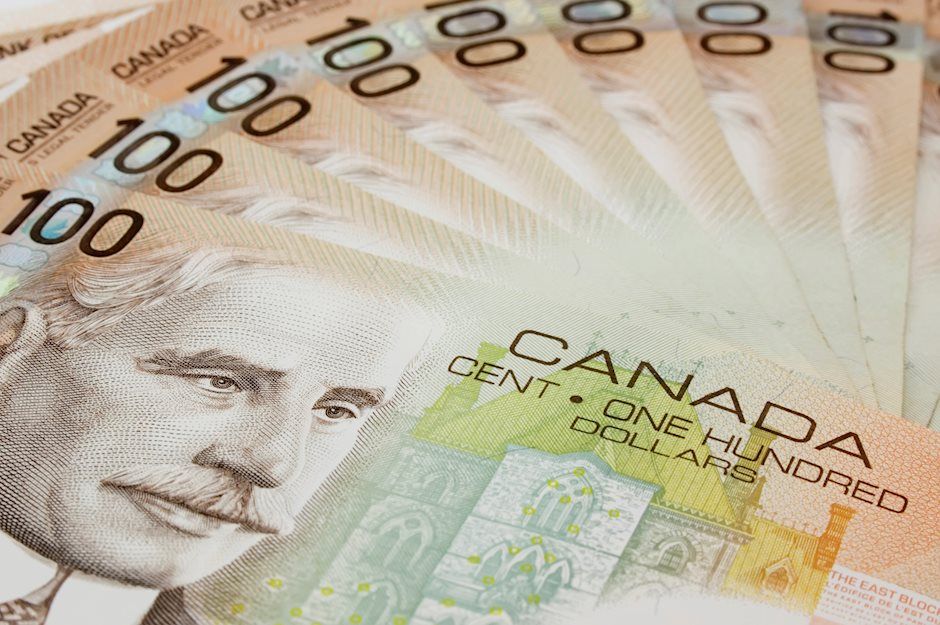USD/CAD drops back to 1.2400 post-dovish Fed, but oil sell-off weighs on loonie

USD/CAD has pulled back sharply from earlier session highs above 1.2450 and is at present flirting with the 1.2400. Trade has been choppy over two or so hours given the Fed policy announcement and press conference with Fed Chair Jerome Powell, which is still ongoing. The US dollar is seeing broad weakness in response to the event and that is the main reason why USD/CAD has been able to pull back from highs.
Markets are seeing a broadly dovish reaction to the Fed announcement, seemingly because the Fed stuck to its classification of inflation as transitory (some feared this wording would be dropped) and after Fed Chair Powell said in the press conference that he thinks the Fed can be “patient” on interest rates to allow time for the labour market to continue its recovery. The Fed announced its QE taper plans, saying it would reduce the monthly pace of purchase by $15B in November and then again in December, in line with the pace that most market participants had been expecting Of course the bank also held the Federal Funds target range at 0.0-0.25%.
Dovish Fed vibes have not been enough to send USD/CAD convincingly back into negative territory on the day, however. At its current level close to 1.2400, USD/CAD is only down about 0.1% on the day. That’s because a sharp drop in oil prices is weighing heavily on oil-sensitive currencies like the Canadian dollar. Some analysts are citing the fact that a date has now been set for the resumption of nuclear talks between Iran and the EU (and also the US, indirectly) as weighing on oil. Talks will resume on the 29th of November, opening the door for a potential deal for Iran and the US to return to the 2015 nuclear pact which would allow for the lifting of US sanctions on Iranian oil exports, which could bring millions of barrels of oil per day in supply back to global markets.
Door opened for hawkish shift in 2022?
Back to the Fed; while markets have largely interpreted the tone of the updated FOMC statement on monetary policy and Fed Chair Powell’s remarks in the press conference as dovish, some analysts have noted that the Fed also appears to opening the door to a hawkish shift in policy in 2022. Firstly, the Fed statement said the pace of the QE taper would become flexible from January, meaning that if they wanted to, the Fed could quicken the taper process if inflation risks remain elevated.
Moreover, the greater emphasis that Powell placed on the uncertainty with regards to the path of inflation in the US economy and his more pronounced insistence that the Fed is positioning for a number of potential scenarios must implicitly mean that the Fed is preparing for a possible hawkish shift if inflation comes in hotter than expected over the coming months. While markets might have thus far interpreted events as dovish, it seems that Fed policy going forward is set to be data-dependent. If it looks as though the YoY rate of US CPI is set to remain elevated in the 4.0-5.0% region into Q2 next year, prepare for a hawkish Fed shift in Q1.
Author

Joel Frank
Independent Analyst
Joel Frank is an economics graduate from the University of Birmingham and has worked as a full-time financial market analyst since 2018, specialising in the coverage of how developments in the global economy impact financial asset

















